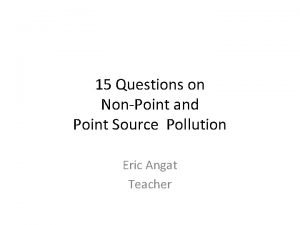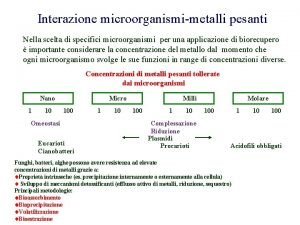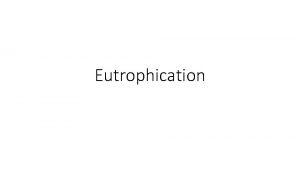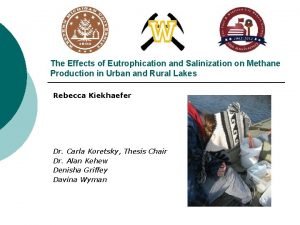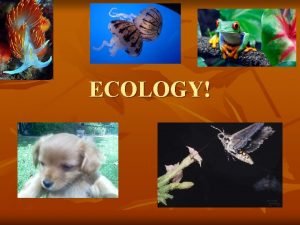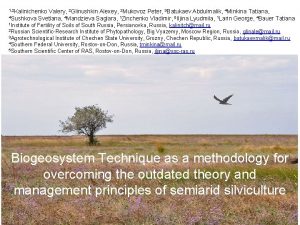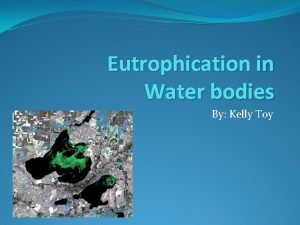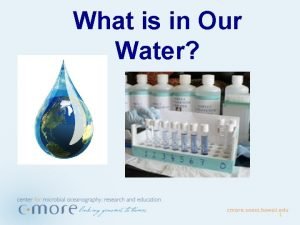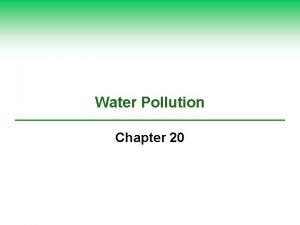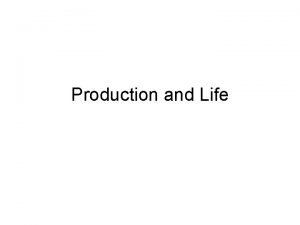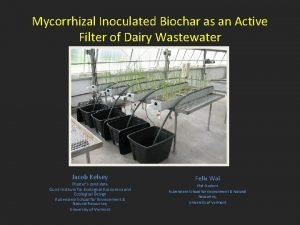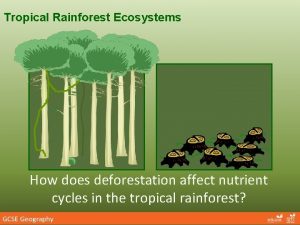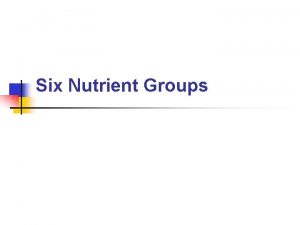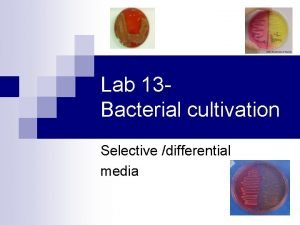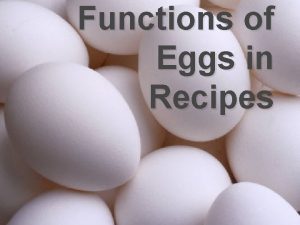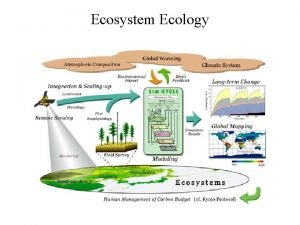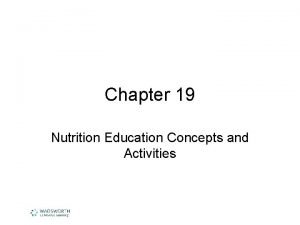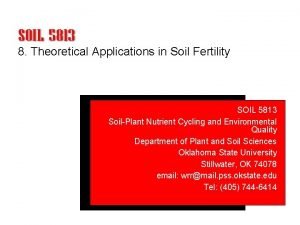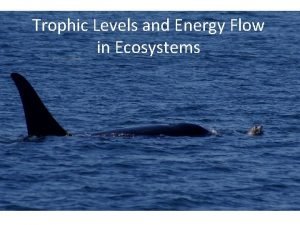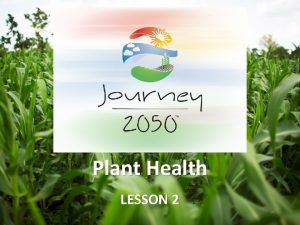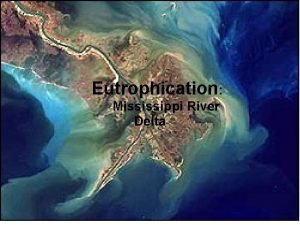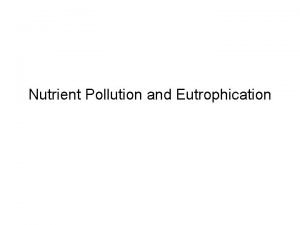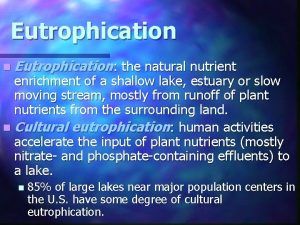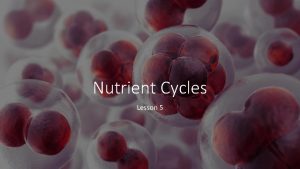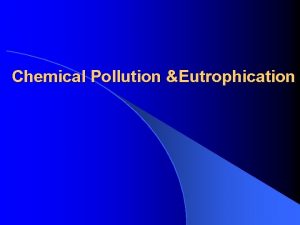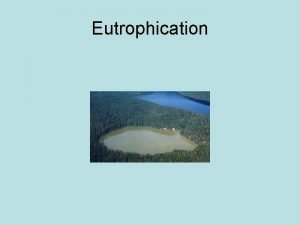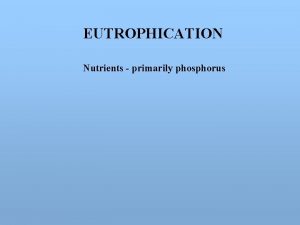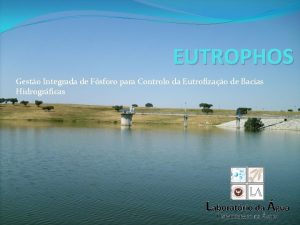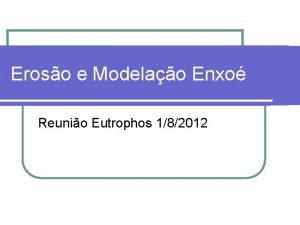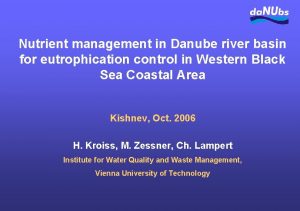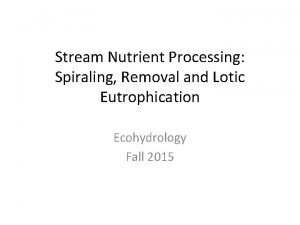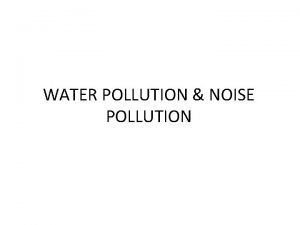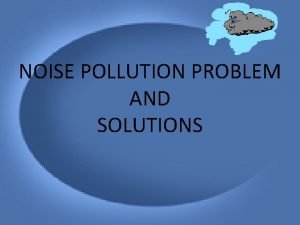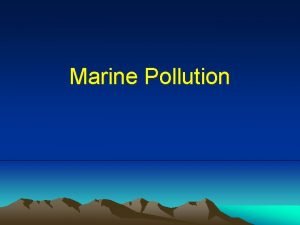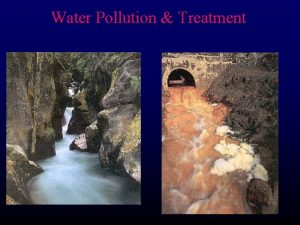Nutrient Pollution Eutrophication From the Greek eutrophos meaning
























- Slides: 24

Nutrient Pollution

Eutrophication • From the Greek: “eutrophos, ” meaning “well-nourished” • “Cultural eutrophication” means that we caused it


http: //users. rcn. com/jkimball. ma. ultranet /Biology. Pages/N/Nitrogen. Cycle. html The Nitrogen Cycle All life requires nitrogen compounds – e. g. to make amino acids, which build proteins. Nitrogen gas, N 2, makes up 79% of the atmosphere, but is it inert. Nitrate and ammonia can be used by plants, but it requires a great deal of energy to break apart N 2 molecules.

The Nitrogen Cycle “Nitrogen Fixation” We can make ammonia in factories, using atmospheric nitrogen and hydrogen (usually from natural gas or petroleum). Requires great pressure, and temperatures of 600 degrees C! Lightening can do the same thing (makes about 5 -8% of the total nitrogen fixed.

Ammonia factory • “National Public Radio reports that low cost Anhydrous Ammonia is the single greatest technical development of the last 200 years. At least 2 times more land in the US would need to be in production to feed only our citizens if low cost Anhydrous Ammonia was not available. ” Source: http: //www. exactrix. com/dewi. htm

We have become the dominant source of nitrogen fixation on the Earth – partly by making fertilizer

The Nitrogen Cycle Certain bacteria have also figured out how to fix nitrogen. Requires a huge expenditure of ATP. Nitrogen-fixing bacteria usually live in a symbiotic relationship with legumes. Cyanobacteria can also do this in aquatic systems.

We have become the dominant source of nitrogen fixation on the Earth – partly by growing legumes

The Nitrogen Cycle Other bacteria, particularly ones living in anaerobic conditions, use nitrate as a substitute for oxygen in their metabolism. They produce N 2 gas as a by-product.

Human Population • • Causes of lower rates: Economic stringencies Availability of birth control Emergence of women’s rights Delayed first reproduction Demand for more education Lower infant mortality Social security Note that the rate of population growth did NOT decrease because of pollution. Source: Valiela, Data from Pop. Ref. Bureau and UN

Data from Pop. Ref. Bureau and UN • By 2050, ~30% more people • By 2030, ~60% of world population will be living in urban areas

• Land use on watersheds is changing fast • Tendency for urbanization to increase From Valiela (2005). Global Coastal Change, Blackwell Science Publ. Data from Van Breemen et al. (2002), and Dow and Dewalle (2000).


Population is Coastal From Nicholls and Small (2002), and Valiela et al. (1992)


Nutrient export (kg km-2 y-1) European watersheds Waquoit Bay watersheds Data of Garnier et al. (2002). From Valiela et al. (2000).

Changes in land use on the watershed of Waquoit Bay on Cape Cod Massachusetts, 1938 -1992. From Valiela and Bowen (2002)

N inputs (103 kg N yr-1) From Bowen and Valiela (2001)

N and P enrichment experiments. Example results from a trial in Jobos Bay, PR, Teichberg et al.

Nitrate Control

Venice, Italy Phosphate Photo by M. Teichberg Control

Increases in primary production —owing to increased nitrogen supply— are associated with increases in secondary production (fish, in this case). From Nixon and Buckley (2002)

Final thoughts… • Nitrogen, once added to a marine ecosystem, can be cycled through many times, potentially contributing to hypoxia each time (see next week’s lecture).
 Nutrient broth vs nutrient agar
Nutrient broth vs nutrient agar Point source pollution
Point source pollution Eutrophos
Eutrophos Eutrophos
Eutrophos Eutrophication steps
Eutrophication steps Eutrophication bbc bitesize
Eutrophication bbc bitesize Eutrophication
Eutrophication Phosphorus cycle diagram
Phosphorus cycle diagram Eutrophication
Eutrophication Eutrophication
Eutrophication Eutrophication
Eutrophication Eutrophication
Eutrophication Eutrophication
Eutrophication Eutrophication
Eutrophication Termination of brachial artery
Termination of brachial artery How does deforestation affect the nutrient cycle
How does deforestation affect the nutrient cycle What are the six nutrient groups
What are the six nutrient groups Nutrient agar with tellurite is selective/differential for
Nutrient agar with tellurite is selective/differential for Egg as thickening agent examples
Egg as thickening agent examples Nutrient cycle in the serengeti
Nutrient cycle in the serengeti Gersmehl model deciduous woodland
Gersmehl model deciduous woodland Foods used in nutrition activities should be nutrient-dense
Foods used in nutrition activities should be nutrient-dense Bray nutrient mobility concept
Bray nutrient mobility concept Nutrient chain foldable
Nutrient chain foldable Journey 2050 student handout 2 word search
Journey 2050 student handout 2 word search

